10 of the most beautiful natural places in Scotland
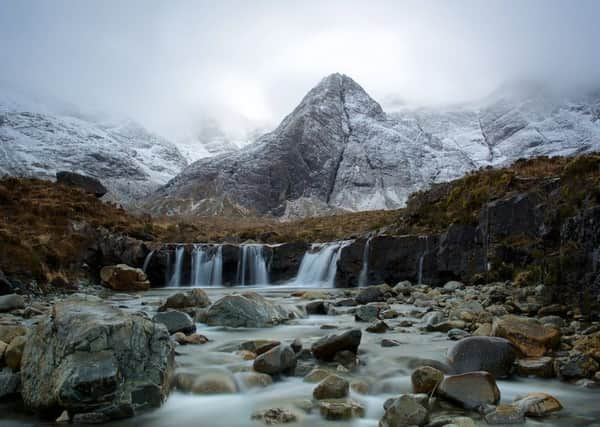

Have a look at our list below for ten of the most beautiful natural places in Scotland.
The Fairy Pools, Isle of Skye
Perhaps the most surprising fact to learn about the Fairy Pools is that they are a completely natural phenomenon. The cascading waterfalls which filter through naturally carved rock have done so for thousands of years, though the vivid blues and greens of the pools below remain shrouded in mystery.
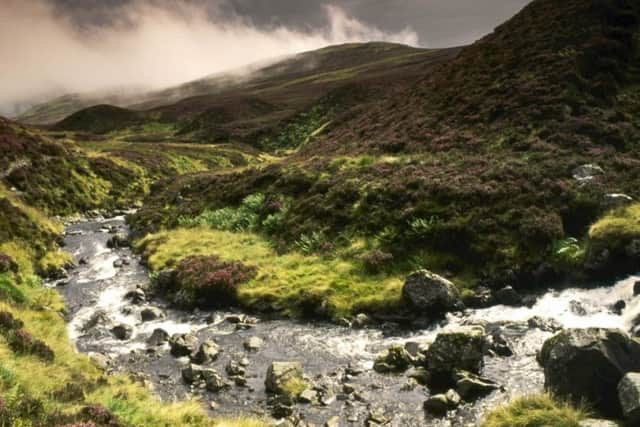

Advertisement
Hide AdAdvertisement
Hide AdAs the name suggests, the pools themselves are steeped in folklore, from seals that can take human form to the fairies which gave the area its mystique.
The pools have become a hugely popular destination with wild swimmers, although wetsuits are advised. The turquoise water may look Caribbean, but it’s distinctly Scottish, rarely rising above seven or eight degrees even in the summer.
Grey Mare’s Tail, Moffat
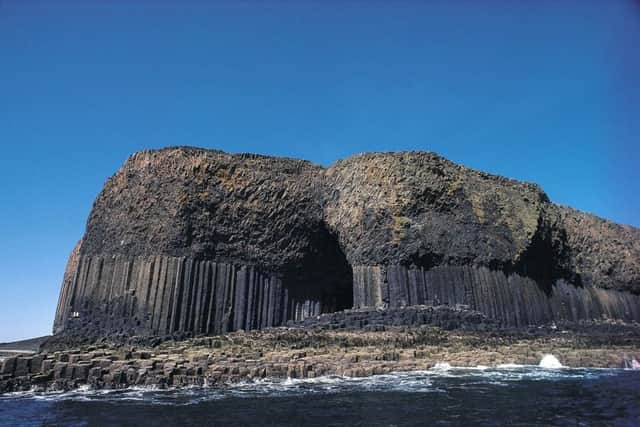

With dramatic scenery that wouldn’t look out of place in an episode of Game of Thrones, the stunning Grey Mare’s Tail has a rich and ancient history.
At over 60m (200ft) high, it is the UK’s fifth largest waterfall, with water from the nearby Loch Skeen cascading over the edge of the rocky precipice into the dark Moffat Water below.
Surrounded by miles of scenic countryside, visitors are encourage to make their way to the bottom of the fall, where the ancient settlement known as the Tail Burn ‘fort’ - also known as the ‘Giant’s Grave,’ although it’s more likely this was built for defense rather than a burial ground - can be found.
Fingal’s Cave, Staffa
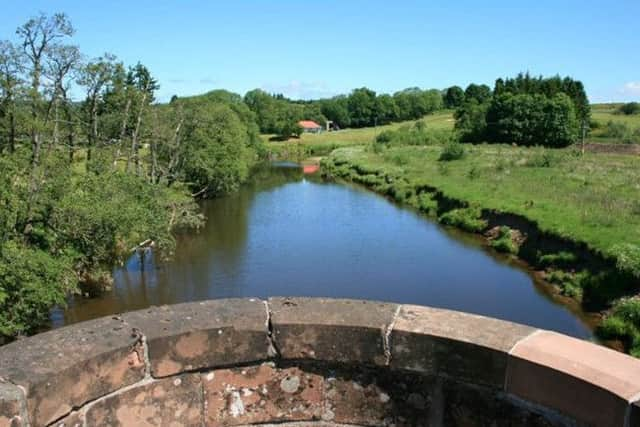

If the uninhabited Isle of Staffa alone isn’t enough to peak visitor’s curiosity, then the bizarre and otherworldly interior of this cave will.
Created by lava flows from around 66million years ago, the enormous arch opens into a surreal setting where hexagonal basalt pillars litter the inside. The eerie sound of the waves lapping against the pillars echoes around the cave gives the whole structure the feeling of a natural cathedral.
Advertisement
Hide AdAdvertisement
Hide AdDespite its near prehistoric creation, the cave was only discovered for the first time in the 1700’s and is said to be named after Finn MacCool, the hero of Irish mythology.
Finnich Glen, Stirlingshire
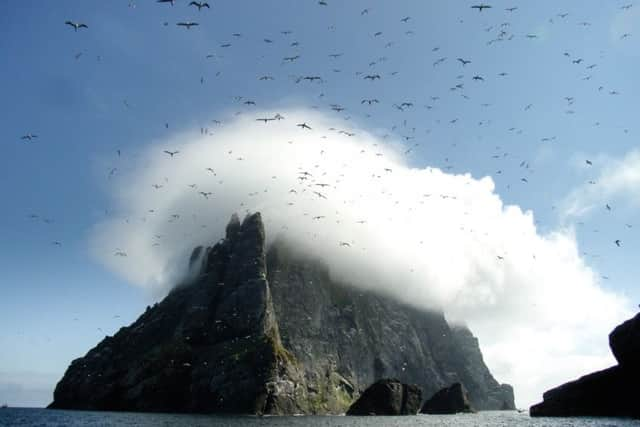

With its moss-covered rocks, blood red water and steep sides that only allow a glimmer of sunlight to filter down through the narrow opening, it comes as no surprise to learn that this surreal gorge has a mystical past.
The red sandstone - which gives the water from the Carnock Burn which flows through it its colour - was supposedly the ancient meeting place for druids who would listen to Satan himself preach from a circular rock known as ‘The Devil’s Pulpit’.
Despite its magical qualities, the gorge remains one of the country’s best kept secrets, although it was used as a filming location for the American television series Outlander, where it played the part of Liar’s Spring.
St Kilda
Nicknamed ‘the islands on the edge of the world,’ St Kilda was famously abandoned by the native population of less than a hundred in 1930, remaining so until 1957 when a small military base was established.
At the moment, the military base is home to the island’s only permanent residents and while conservationists working to restore the former community on St Kilda are there for several months of the year, the island is generally uninhabited, meaning visitors can wander round the abandoned homes left exactly as they were over 80 years ago, offering a fascinating window into the past.
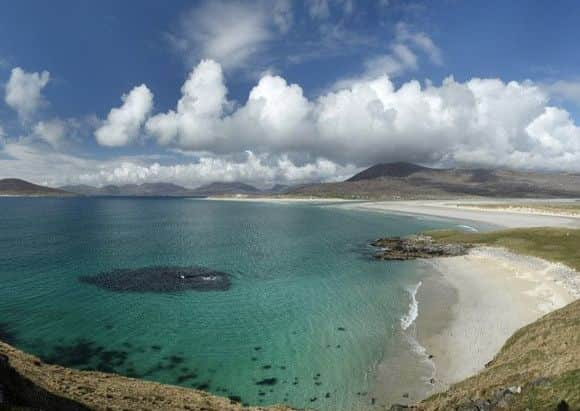

It’s also home to a rare and extensive variety of bird, animal and plant species.
Luskentyre Sands, Harris
Advertisement
Hide AdAdvertisement
Hide AdVisitors to Luskentyre Beach could be forgiven for thinking they had taken a wrong turn on their way to the Outer Hebrides and ended up somewhere in the Caribbean.
With its crystal waters and near pure-white beach, the only thing separating the alluring shores of Harris from the tropical coastline is the temperature.
Time magazine certainly thought so anyway. In 2012, they ranked it alongside beaches in Brazil, Florida and South Africa as one of the best beaches in the world and last year, it was named one of the best in the UK by TripAdvisor readers.
The area is also a haven for birdwatchers, with the unspoiled sands home to several rare species of birds.
Cairngorms National Park
Covering over 1,700 miles of the country with its picturesque mountain ranges and vast ancient forest, the Cairngorms is the largest national park in the UK. It’s also the most popular Ski resort in the country and with 55 munro’s alone - a munro is a mountain over 3000ft - it’s easy to see why. Not to mention that there are hundreds of villages, whisky distilleries and castles within the park’s boundaries.
The scenic views encompass five of Scotland’s six highest mountains, many of which are still snowcapped come August, while the sandy shores of Loch Morlich are also well worth a visit.
As expected, the area is teeming with wildlife too. If visitors are lucky, looking to the skies they can often spot the unmistakable outline of a Golden eagle.
Loch Ness
Advertisement
Hide AdAdvertisement
Hide AdGiven there are more than 30,000 lochs in Scotland, it seems a little unbalanced to only include one, however the legendary mystique of Loch Ness made it impossible to leave off this list.
Thousands flock there every year to join the hunt for Nessie, but often discover there are many other hidden treasures strewn along the 23 miles of shoreline.
Surrounded by mountains, villages and the ruined remains of Urquhart Castle, there are sweeping views across the murky waters that seem to stretch on infinitely in every direction.
Plus there’s always the chance to spot the Loch’s elusive resident, making it a go to destination for anyone visiting the area.
Glencoe
For a magnificent natural area that’s also steeped in Scottish history, there are few better places to visit than Glencoe.
Perhaps more closely associated with the massacre that took place there in 1692 - when 38 members of Clan MacDonald were slaughtered by members of Clan Campbell following the Jacobite rebellion - the area forms part of the range which houses Ben Nevis, the UK’s highest mountain.
One of the most popular parts of the country for climbers, the hills are covered in lush greenery while Rannoch Moor - a worthy destination in its own right - has a famed concentration of rare wildlife.
The Old Man of Hoy
Advertisement
Hide AdAdvertisement
Hide AdStanding proudly on the very edge of the Isle of Hoy, the 450ft tall Old Man is a fairly recent addition to the landscape, only appearing a few hundred years ago.
Created due to the violent tidal conditions which batter the island’s coast everyday, those wishing to visit the sandstone sea stack should probably do it sooner rather later.
Erosion is wearing away the Old Man at a rapid rate. A 19th century storm washed away one of its legs and as recently as 1992, a large crack appeared that will eventually see the enormous structure collapse.
Incredibly, the stack has been scaled on several occasions including, once, in 2013 by a blind climber.
